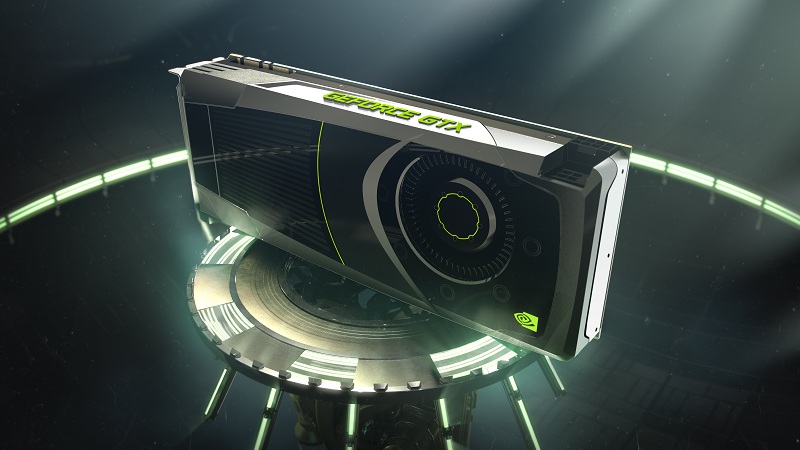PC maker Asus and graphics card giant Nvidia have unveiled their new love child, a gaming monitor that is capable of an impressive 360 Hz refresh rate with G-Sync.
The new 360Hz refresh rate gaming monitor is the first to feature such a high refresh rate. Mere mortals might argue that the refresh rate is barely noticeable, especially compared to 240Hz or even 144Hz, which are currently available in the market. However, pro gamers know that a higher refresh rate can help boost accuracy.
Asus and Nvidia will be showcasing the 24.5-inch monitor at this year’s CES 2020 event, and Asus has been keen on marketing it as the first G-Sync enabled 360Hz refresh rate monitor. This type of monitor will certainly be one of the major highlights in the esports scene, which happens to be its designated market. Also worth noting is that it will be a 1080p panel and not a 4K one. This means that the collaboration’s main focus was to bring improve the refresh rate as much as possible, although, at 24.5 inches, the difference between 1080p and 4k is not so noticeable.
G-Sync is a vital component of the new offering from Nvidia and ASUS. It harmonizes the hardware and software so that there is a smoother content delivery; thus, problems such as screen tearing are eliminated. This also means that the gameplay will be silky smooth and, therefore, much more enjoyable.
Asus and Nvidia will be demonstrating the gaming monitor’s incredible performance at this year’s CEO event. However, neither of the two companies has released any details regarding the pricing or availability of the gaming monitor. However, gaming monitors with higher refresh rates tend to be quite pricey. As far as availability is concerned, they will likely go on sale sometime this year.
The arrival of this super high refresh rate monitors is not only great news for elite gamers but also regular gamers. This technology will likely be pushed to more products as rival manufacturers jump on board, and this also means that prices of 144Hz and 240Hz gaming displays will drop, making them more accessible to the masses.


